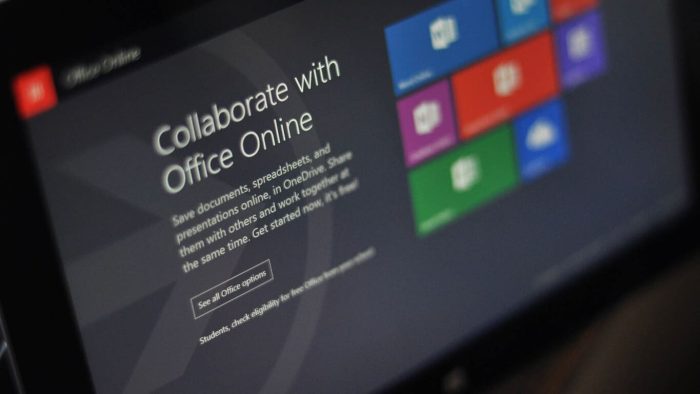Microsoft's Office 365 wins back Italian municipality after costly open source switch
3 min. read
Published on
Read our disclosure page to find out how can you help Windows Report sustain the editorial team Read more

Microsoft solutions have been the de-facto choice for the majority share of enterprise, government, healthcare and education for quite some time. While proprietary, Microsoft’s offerings are arguably easy to use alternatives to other industry options. However, being the de-facto option does not always translate into being the best or most cost-effective solution on the market. As a software provider, Microsoft requires licenses for its wares. Many argue that going FOSS or the open source route would not only loosen Microsoft’s grip on their wallets but offer businesses more customization over their data and workflows.
Numerous case studies are finding that even with Microsoft’s licensing fees, the company is still coming out on top as a financially sound investment over alternatives. Recently, an Italian municipality, Pesaro, made the switch back from the open source offering of OpenOffice to Microsoft’s Office 365. According to a published report from Netcis Observatory, “the city administration will be able to save up to 80 percent of the software’s total cost of ownership (which includes deployment, IT support, subscription plans cost and other elements) using Office 365, compared to its previous setup.” It should be noted, the study was co-commissioned by Pesaro and Microsoft.
Regardless, Stefano Bruscoli, the head of statistics and information systems department for the Pesaro municipality, said the savings were a result of ‘unexpected’ deployment cost.
“We encountered several hurdles and dysfunctions around the use of specific features. What’s more, due to the impossibility of replacing Access and partly Excel (various macros used on tens of files), we decided we had to keep a hybrid solution, using the two systems at the same time. This mix has been devastating.”
The Netics report showed the estimated yearly cost of rolling out open source software hovered around $584 (US) over a the course of a five-year period. Unfortunately, much of the $584 (US) was spent on simply deploying the alternative. Whereas, Microsoft’s Office 365 cost $217 (US) over the same time frame. Office 365 deployment savings come from workers familiarity with Microsoft’s software suite and its larger library of compatible formats, according to the report.
It seems Microsoft’s early ubiquitous nature has helped to keep its momentum in the workplace. Bruscoli, like many others, are finding that lack of compatibility between their current solutions and proposed new ones were a waste of time and productivity that eventually affects financial results.
In all fairness, OpenOffice is an on-premise solution that arguably offers a more secure option for data processing versus Microsoft’s cloud-first Office 365 solution. Both solutions have their upsides as well downsides. OpenOffice lacks collaboration tools while Microsoft’s Office 365 is subject to the behavior of cloud connectivity for better or for worse.
Workplaces are finding, what Microsoft lacks in head-to-head pricing; it makes up for with intangibles such as familiarity and ubiquitousness.









